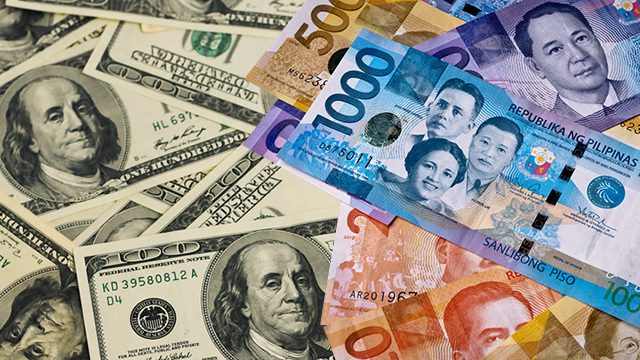
The local unit finished trading at P54.065 against the greenback, weaker than its previous closing of P53.75. Its worst showing for the day stood at P54.105.

This is the peso's weakest performance since closing at P54.08-per-dollar on Oct. 15, 2018.
Recently, the peso has been trading at over three-year lows as a more aggressive US Federal Reserve props up the dollar. Last week, the US central bank hiked its key rate by 75 basis points, the largest increase since 1994, in a bid to fight multi-year high inflation stateside.
A weak currency could make imports more expensive for the Philippines, which is already grappling with high oil prices amid the Russia-Ukraine war.
That said, some analysts believe a deep peso slump may prompt the BSP to mount a bigger offensive against inflation by hiking rates more aggressively than the traditional 25-bps adjustments. The Monetary Board will meet on Thursday to decide, with a follow-up hike after May’s liftoff widely expected.
Rate hikes usually help temper the currency’s weakness by making local yields more attractive to foreign investors, although the BSP may also dip into the country’s dollar reserves to ease any foreign exchange fluctuations
For Domini Velasquez, chief economist at China Banking Corp., the peso may further weaken in the coming months as heightened imports meant to meet recovering demand drive dollar outflows.
“Seasonally, the peso is even expected to weaken further in the third quarter as businesses import more in preparation for the holiday/Christmas season. On the part of the US dollar, the Fed’s aggressive recent rate hikes continue to strengthen its currency,” Velasquez said.
“A confluence of these factors and markets probably anticipating that interest rate differentials between the Fed funds rate and the BSP’s policy rate will continue to narrow are putting pressure on the peso in the near term,” she added.





















Facebook Conversations